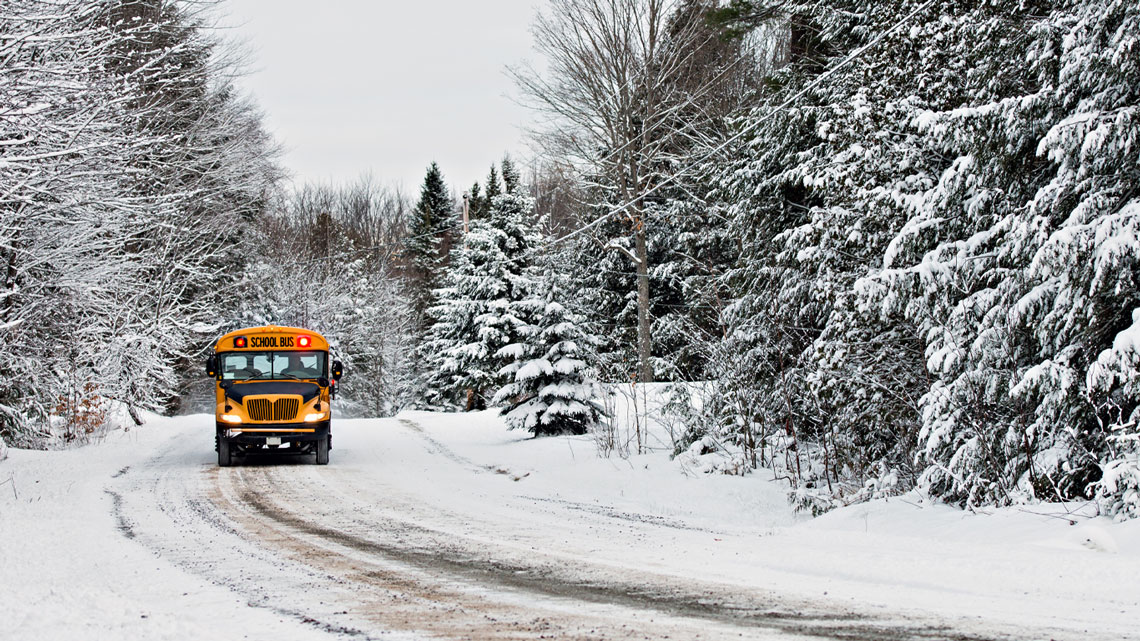
First Nations youth are less likely to complete high school or pursue a postsecondary education compared with non-Indigenous youth. A new study explores some of the challenges First Nations youth currently face, especially those living on reserve, when pursuing an education.
First Nations youth aged 19 to 30 are less likely to graduate from high school or pursue a postsecondary education than non-Indigenous youth
Just under two-thirds (63%) of all First Nations youth had completed high school in the 2015/2016 school year, compared with 91% of the non-Indigenous population.
First Nations youth living off reserve were much more likely to get their high school diploma (73%) than First Nations youth living on reserve (46%). The latter result is likely linked to access, as nearly half of First Nations students do not have access to a high school on reserve, requiring them to leave their community to pursue education.
First Nations youth were also less likely to have completed or recently attended a postsecondary program than non-Indigenous youth (37% versus 72%).
Moreover, among First Nations youth, those living off reserve were nearly twice as likely to have participated in postsecondary education (44%) as those living on reserve (23%).
First Nations women were more likely to have attained their high school diploma and participated in postsecondary education than their male counterparts, with the exception of postsecondary participation for those living on reserve.
The educational challenges of First Nations youth living on a rural reserve
In 2016, one-third (33%) of First Nations youth lived on reserve. Over four in five (83%) First Nations youth living on a reserve lived in a rural setting. In comparison, over 1 in 10 (13%) non-Indigenous youth live in rural areas.
Those living in rural areas tend to have access to fewer essential services, including health care and educational facilities. This is the case for many First Nations youth, as 70% of First Nations communities had fewer than 500 inhabitants. Due to their relatively low population density, smaller communities may have to rely on larger urban centres to access education. This commute can be distant and costly, impacting participation in education.
On reserve, nearly half (48%) of First Nations women aged 19 to 30 were parents, as were just over one-quarter (26%) of men. Young men and women with children face additional costs and responsibilities of raising children, potentially impacting their decision to attend school or join the labour market.
Additionally, nearly half (48%) of First Nations youth living on reserve were living in low-income households (after tax). Previous studies have established that youth from low-income households tend to have lower levels of educational attainment, as they face additional constraints to participating in education.
Although the remoteness of living on reserve poses challenges to accessing services, it does afford opportunities to connect with community and culture through language. Overall, just over 1 in 10 (12%) First Nations youth spoke an Indigenous language as their first language. Close to one-third (30%) of First Nations people living on reserve spoke an Indigenous language as their first language, a much larger proportion than those residing off reserve (3%).
High school completion and postsecondary participation for First Nations youth are increasing
Over time, overall high school completion has increased, more so for First Nations youth than for non-Indigenous youth. For example, while First Nations men had the lowest level of high school completion in 2011 (35%), they saw the greatest increases from 2011 to 2016 (+8 percentage points). Meanwhile, First Nations youth living on reserve have seen the greatest increase in postsecondary participation from 2011 to 2016 (+3 percentage points).
First Nations people participate in a practice of lifelong learning, and as a result, may take alternative pathways to education. Accordingly, the age of 30 may be too early to determine if an individual will finish high school or participate in postsecondary education. When expanding the analysis to include a larger age range of First Nations individuals (aged 19 to 46), high school completion rates and postsecondary participation rates increased for First Nations people, particularly those living on reserve. This was not observed for non-Indigenous people in this age range.
Notably, overall postsecondary participation for First Nations people on reserve was 8 percentage points higher when considering individuals aged 19 to 46, versus those aged 19 to 30. In contrast, postsecondary participation for non-Indigenous individuals remained within 1 percentage point of the narrower age range.
The study “First Nations youth: Experiences and outcomes in secondary and postsecondary learning” is now available.
StatsCAN app
Did you know you can read StatsCAN Plus articles and more on the StatsCAN app? If you’re already using the app, let us know what you think by leaving a review in the Apple App Store and Google Play.
Contact information
For more information, contact the Statistical Information Service (toll-free 1-800-263-1136; 514-283-8300; infostats@statcan.gc.ca) or Media Relations (statcan.mediahotline-ligneinfomedias.statcan@statcan.gc.ca).
